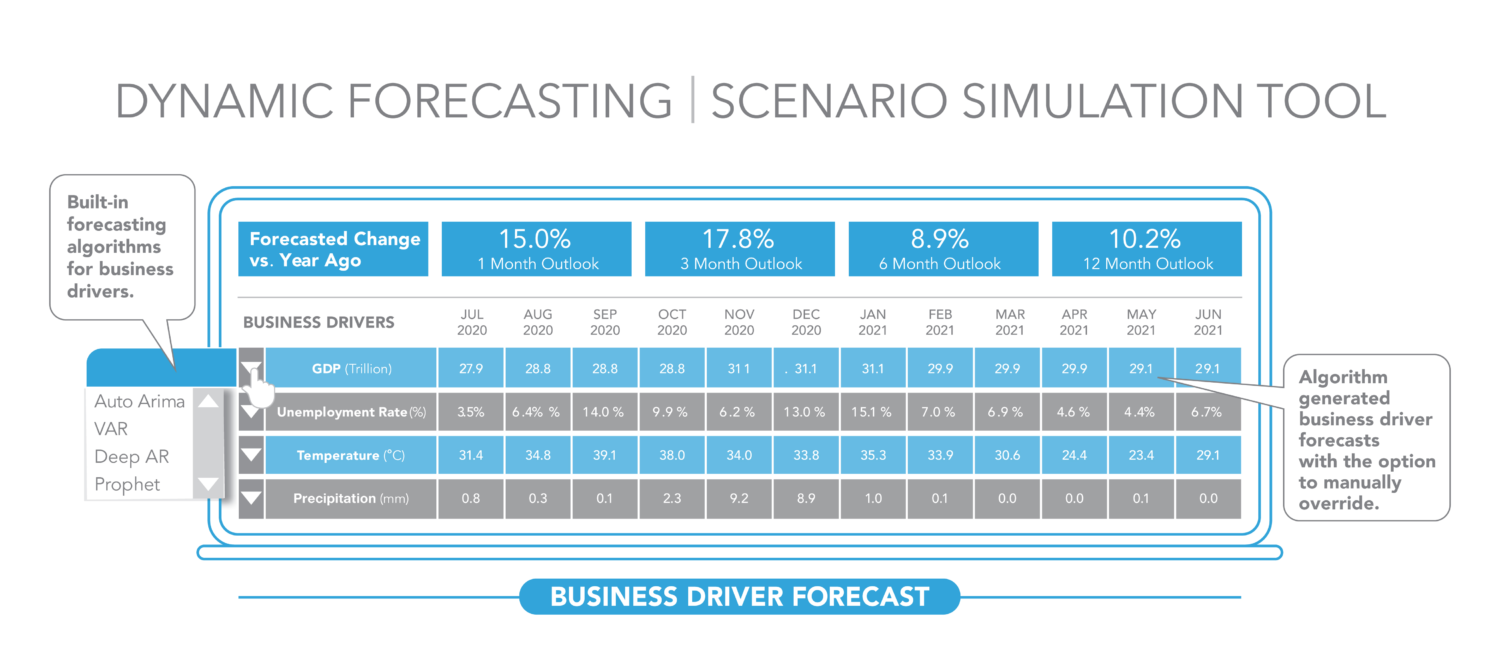The COVID-19 crisis has upended lives across the globe. Safety concerns, travel restrictions, store and workplace closures, and an uncertainty about the future have all changed consumer behaviour suddenly and without much warning. In a matter of weeks, we have witnessed huge shifts in how consumers spend their time and money, and what they value personally, as we all adapt to the crisis.
As people began spending more time at home, categories like household cleaning, personal care, and packaged foods all saw sharp gains. Other ‘non-essential’ categories, like fashion, cosmetics, and appliances, generally saw sales falter. Even categories fortunate enough to see growth were not being purchased in the same way. Large format stores and online retailers saw significant gains over more conventional outlets. As a result, marketing plans and forecasts were suddenly rendered irrelevant, and we all began to ask what the ‘new normal’ would look like.
So, what is the right response? How do we make sense of these sudden changes and reduce the uncertainty? For anyone involved in consumer research or marketing, it is obvious that historical data will be of limited value. Researchers and marketers need new tools to identify the most important questions and get current, relevant answers.
Although the virus and its effects are completely new to humanity, the pandemic does fit the classic ‘VUCA’ framework. We see high levels of Variability, Uncertainty, Complexity and Ambiguity (aka ‘VUCA’) in its overall impact. To cope with any VUCA situation, companies should assess their risk in terms of its timing, separating urgent short term impacts, which may represent a mortal threat, form less immediate and potentially longer lasting impacts they will be living with going forward. The response can be organized into three phases:
- Quantify immediate ‘shock’ effects – Make careful and immediate adjustments to short-term forecasts by estimating the near term (3 months or less) change in sales for all major products and categories. This should ideally be done by country or region and sometimes by channel.
- Re-plan for the remaining fiscal year – Develop new forecasts for the next 12 months with careful attention to longer-lasting factors like government policy, economic trends and changes in consumer confidence. The goal is to identify and measure the next wave of challenges so you can finish the year with headroom to re-tool for the longer term.
- Re-building for recovery – The final step is re-building your understanding of your consumers, and the marketplace you compete in. This will involve longer-term initiatives to understand lasting changes in consumer behaviour and build them into your plans. Your goal is to re-align your products, brands, and overall strategic focus for a post COVID-19 reality.
Companies that have already invested in data infrastructure are best positioned to take these steps now. But they may require more modern forecasting tools to complete the process and adapt quickly to ongoing changes. Many forecasting techniques are simply too anchored in the past to provide the right answers. A more responsive approach is required.
Our solution combines data integration with a dynamic, AI-driven forecasting process to continuously recalibrate results. Dynamic Forecasting is designed to continuously reduce its forecast error and maintain its relevance as VUCA situations like COVID-19 unfold.
The Dynamic Forecasting solution has improved forecast accuracy quickly for our clients by adapting to emerging trends with every data update. It has allowed them to plan more effectively by making a causal link between consumer, economic, channel and other forecast drivers and the forecast itself. Automation allows Dynamic Forecasting to scale across different markets, so our clients can plan more effectively at a local level, with forecast results mapped to the right operational and financial decision-making units. Results take the form of an interactive dashboard, where users see the current re-calibrated forecast and can simulate new scenarios using different assumptions.

Users can change assumptions on their own, or with the help of built-in ML and AI projection techniques. We include Prophet from Facebook and Deep AR from Amazon as options and provide guidance on which techniques to use for different forecast inputs. This built-in ML/AI support is designed to produce more consistent planning results, without compromising the ability to build in safety margins or make expert judgements where needed. All assumptions feed the latest recalibrated forecast model, for the most current projections the data can provide.

No one can truly predict the future. But by pushing our tools to deliver better answers faster, we hope to equip businesses with the tools they need to adapt. Dynamic Forecasting is already supporting those goals at a leading multinational beverage client. It has helped our client significantly improve forecast accuracy at the national, state and category levels. Forecast error dropped from as high as 7.5% on a monthly, state-level basis to under 1% as the system learned from the data and recalibrated over the first 3 months. The result was faster and more responsive marketing decision making for our client, and a built-in way to adapt to VUCA events like COVID-19.
To learn more about how our solution can help your business, Contact us for more information.
*******

